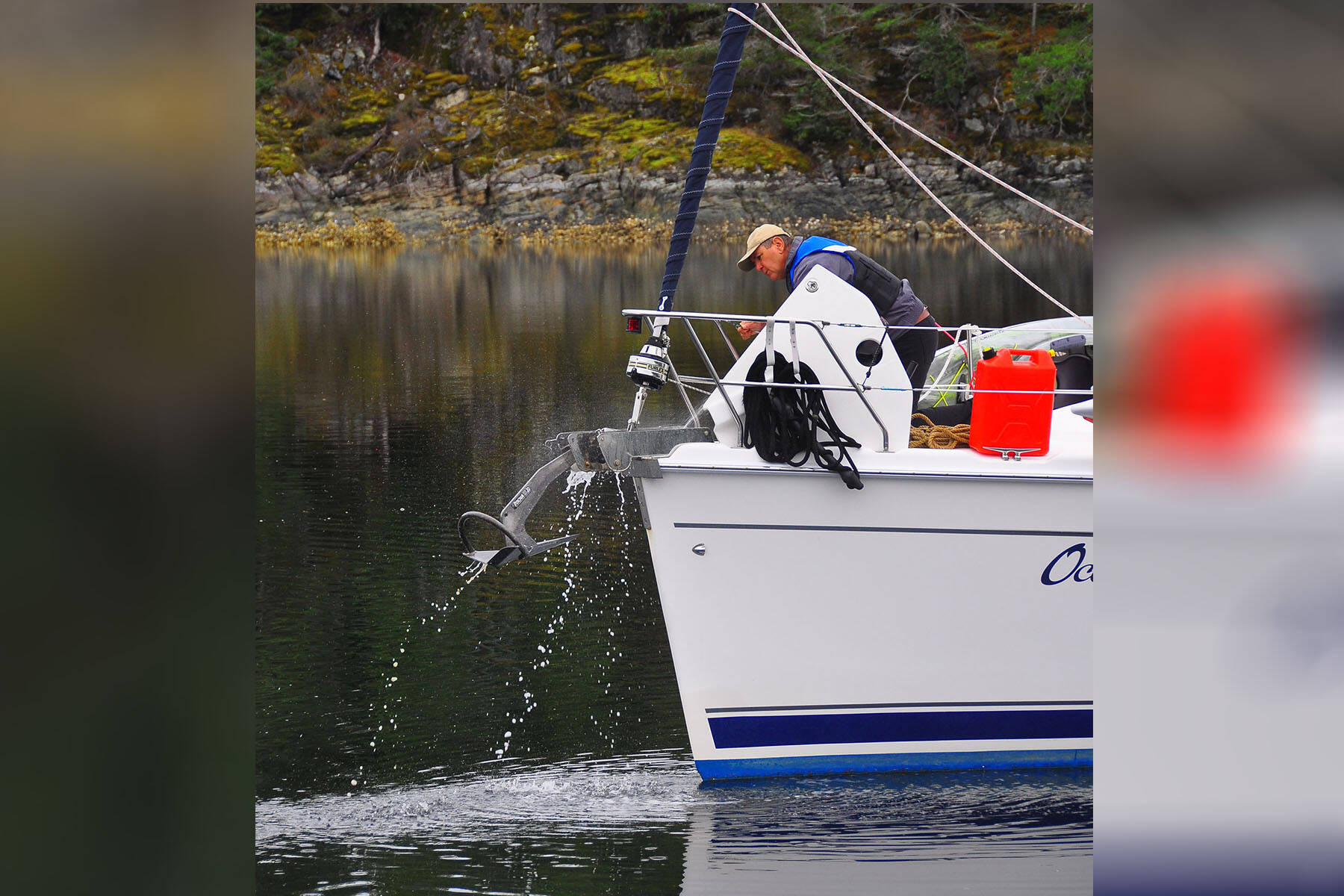Barb Thomson
Special to The Record
We sailed into the bay late in the day.
Other boaters already at anchor lifted their chins to watch us. We keenly felt their “territorial glares” so aptly described by the Dreamspeaker Guidebook authors Anne and Laurence Yeadon-Jones.

Around and around in circles we went, trying to set the boat’s anchor. After six attempts, moving the boat back and forth, lowering and raising the anchor, it finally caught and held. From this experience, we learned that using hand signals saves you from having to yell colourful instructions from the bow to the helm. From this experience came the first of our many lessons in boating humility: Sometimes you watch the show; sometimes you are the show.
Anchoring a boat is all about levels of relationship. And like any other significant relationship with a high personal investment – marriage, career, children – you throw in your all and hope it sticks.
Multiple forces come to bear and influence each other. There’s the boat to the anchor, the anchor to the bottom, the wind, waves, and tide, the length and type of rode (anchor chain and rope), a little bit of math, and always the possibility of plain bad luck, of an anchor fouled in bottom debris. Think of anchoring your boat like a family Thanksgiving dinner. Everybody is gathered around the table – cousins, aunties, grannies, your in-laws – all of them pushing and pulling in different ways at different times, and there’s you, trying not to be the turkey that ends up with a boat grounded on the beach.
The Canadian Power and Sail Squadron course publication Beyond Boating Basics includes an excellent chapter on anchoring that suggests “there is much more to anchoring than simply lowering the anchor over the side.” For the boater ready to leave the security of being tied to the dock, there are all kinds of accessible information: YouTube videos and magazine articles that demonstrate various types of anchors best suited to sea-floor conditions, vessel size, and other factors.
Ultimately, however, what is being lowered over the side is the safety of life aboard the boat. Following that, anywhere from a few hundred to several thousand dollars disappear into the water, leaving only the “bitter end” of the line still attached to the boat. Like a Leonard Cohen metaphor for hope, in the skillful act of anchoring, you trust in the unseen relative forces of good holding in a muddy bottom.
Barb Thomson is a boating enthusiast who writes regular columns for the Comox Valley Record.
Also… BOATING WITH BARB: The serenity of boating is worth the cost

